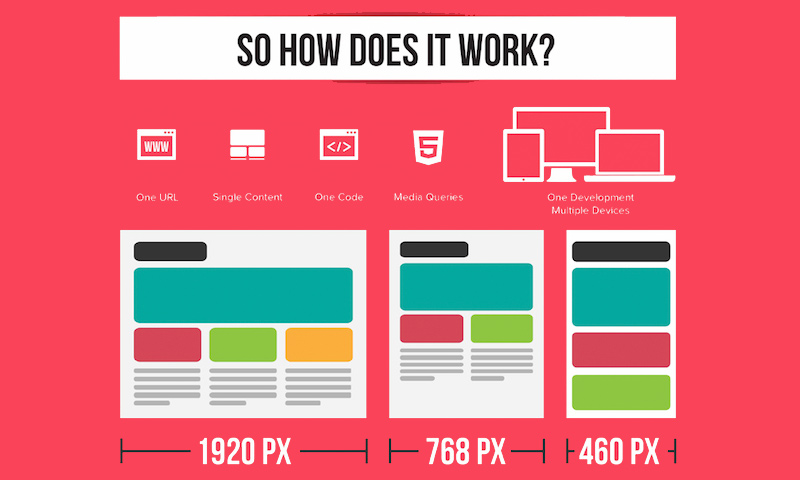Intrigued In Finding Out Exactly How Web Site Design Has Changed Throughout The Years? Discover The Progression From Basic, Straightforward Layouts To User-Centered Methods That Prioritize The Demands And Preferences Of On-Line Visitors
Intrigued In Finding Out Exactly How Web Site Design Has Changed Throughout The Years? Discover The Progression From Basic, Straightforward Layouts To User-Centered Methods That Prioritize The Demands And Preferences Of On-Line Visitors
Blog Article
Content Created By-Johansen Vinson
In the past, web sites were easy and concentrated on details. Navigating was direct, and layout was for desktops. Currently, user experience is key. Data guides layouts for easy navigation. Responsive layouts fit different gadgets. Today, dark setting minimizes strain, and minimalist menus improve navigation. Interactive functions involve individuals, and bold visuals attract attention. AI combination boosts involvement. See how style has actually evolved to boost your online journey.
Very Early Days of Website Design
In the early days of web design, simplicity preponderated. Internet sites were basic, with limited shades, font styles, and designs. The focus was on providing information instead of fancy visuals. Users accessed the web with sluggish dial-up connections, so speed and performance were essential.
Navigation food selections were straightforward, normally situated at the top or side of the web page. Websites were created for home computer, as mobile surfing had not been yet common. Web content was king, and developers focused on easy readability over intricate layout aspects.
HTML was the key coding language used, and designers needed to function within its constraints. Computer animations and interactive functions were marginal contrasted to today's requirements. Check This Out were fixed, with little vibrant web content or personalized individual experiences.
Increase of User-Focused Design
With the advancement of web site design, a shift towards user-focused layout principles has become increasingly famous. increase google search ranking , developing internet sites that prioritize customer experience is crucial for involving site visitors and attaining service goals. User-focused style entails understanding the requirements, choices, and habits of your target audience to tailor the website's design, material, and includes appropriately.
Designers currently conduct extensive research, such as user studies and use screening, to gather understandings and feedback directly from customers. This data-driven strategy helps in producing instinctive navigation, clear calls-to-action, and visually enticing interfaces that resonate with site visitors. By positioning the user at the facility of the design process, internet sites can deliver a more individualized and satisfying experience.
Receptive layout has also become a vital facet of user-focused style, making sure that internet sites are maximized for various devices and screen sizes. This versatility improves availability and usability, dealing with the varied methods individuals connect with web sites today. Basically, the increase of user-focused layout signifies a change in the direction of producing digital experiences that prioritize the requirements and assumptions of completion customer.
Modern Trends in Web Design
Discover the most up to date fads forming web design today. One popular pattern is dark mode layout, supplying a sleek and modern-day look while decreasing eye pressure in low-light settings. An additional key pattern is minimal navigating, simplifying menus and boosting individual experience by focusing on essential elements. Integrating micro-interactions, such as animated switches or scrolling effects, can produce a much more interesting and interactive site. https://www.searchenginejournal.com/bigcommerce-seo-tips/421698/ remains vital, making certain smooth customer experiences throughout various gadgets. Additionally, using bold typography and asymmetrical layouts can add aesthetic passion and draw attention to particular content.
Incorporating AI technology, like chatbots for client assistance or customized referrals, improves customer interaction and simplifies procedures. Accessibility has likewise become a significant pattern, with designers prioritizing comprehensive layout practices to satisfy diverse customer requirements. Embracing sustainability by optimizing site performance for speed and efficiency is an additional emerging fad in website design. Teaming up with user feedback and information analytics to repeat and enhance design constantly is essential for remaining relevant in the ever-evolving electronic landscape. By embracing these modern-day fads, you can produce an aesthetically attractive, straightforward site that resonates with your target market.
https://pluginsdeseoparawordpress51628.blogchaat.com/29911295/identifying-the-contrasts-in-between-resident-search-engine-optimization-and-traditional-search-engine-optimization
As you review the advancement of internet site design from the early days to now, you can see exactly how user-focused design has actually ended up being the driving force behind modern trends.
Accept the trip of modification and adaptation in web design, always maintaining the customer experience at the forefront.
Stay existing with the latest fads and modern technologies, and never quit progressing your strategy to create visually stunning and easy to use web sites.
Evolve, adapt, and create - the future of website design is in your hands.
